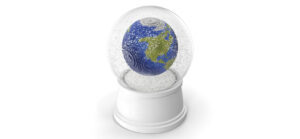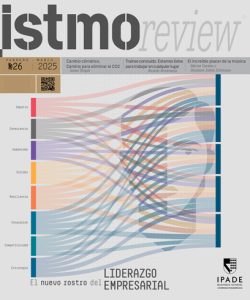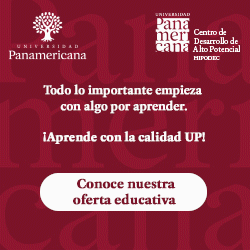«When you have a big shock, you need to think in
terms of discontinuity. Your behaviour needs to
handle discontinuity, otherwise it won’t work.
Crisis management has always shown that,
when you have a big crisis, if you anticipate and
manage the discontinuity, then you’re OK. That’s
what we need to do on every topic».
Jean Pierre Mustier, Ceo, UniCredit
Companies will now have to broaden their view, adopting a more structured approach to future actions in facing the «new normal».
COVID-19: A REMINDER THAT WE LIVE IN A VUCA WORLD
The world is facing a profound transformation in virtually all spheres due to the COVID-19 outbreak and the actions governments and institutions are taking to respond to the crisis. Understanding the mid- and long-term impact of the pandemic is proving to be an extraordinarily complex task. Both positive and negative effects that go beyond the environmental and «sanitary» aspects are already apparent, creating impacts globally in society, the economy, politics, technology, education, and even private life. The statistics published by the World Health Organization as of May 13, 2020 reported over four million cases of people infected with COVID-19 and the unfortunate death of over 280 thousand people. At least 2151 countries have been affected by the pandemic, and, sadly, the infection is still far from being under control in many regions of the world.
Comparing these figures with the figures published in the 2010 United Nations report on disaster risk reduction may help to better understand the extent of the damage. Considered one of the deadliest years in recent history, the year 2010 witnessed 373 natural disasters that claimed the lives of over 296,800 people around the world.2 When we look at the number of deceased disaster victims in 2010 and the number of lives this pandemic has claimed so far—considering the outbreak is not over yet—the figures are clearly comparable.
COVID-19 has sparked off not only a global crisis, (directly or indirectly) impacting all countries around the world, but also a generalized crisis, affecting conceivably all areas of human life: health, habits, private and public life, and economic activity.
The macroeconomic impact is strong and generalized. The OECD estimates that the advanced economies will shrink by 15–20% due to the pandemic. While China, India and Brazil—which together account for 40% of the world’s population—will likely see their GDPs drop by nearly 20%, the largest economies in Europe and the U.S. will probably shrink by over 25%.
Síguenos en Google Noticias y descubre contenidos relevantes para la persona de la Alta Dirección.
One of the key insights coming out of this situation is that we certainly live in a so-called «VUCA world», and this setting will most likely prevail for a long period of time. A VUCA world is dominated by Volatility, where unstable and unpredictable changes happen unexpectedly (like COVID-19), Uncertainty, where there is a lack of knowledge about what is going to happen and how situations will evolve, Complexity, where everything is interconnected and each actor in the system (countries, markets, customers, suppliers, … and viruses!) is strongly linked with the others, and Ambiguity, where cause-effect relationships are not at all clear or well-defined—e.g., the consequences of government restrictions and incentives on the economic system.
These features will probably become even more striking in what we are calling «the new normal.» Over the past few months, companies have had to cope with «the emergency.» Most of the solutions implemented have been just «simply» developed and analyzed to deal with what we could refer to as a «triage-stage.» Companies will now have to broaden their view, adopting a more structured approach to future actions in facing the «new normal.» Actions must be designed for the medium term—as J.M. Keynes said, «in the long-run we are all dead»—and they should first focus on carrying out a thorough analysis of the impact this situation has had on each organization.
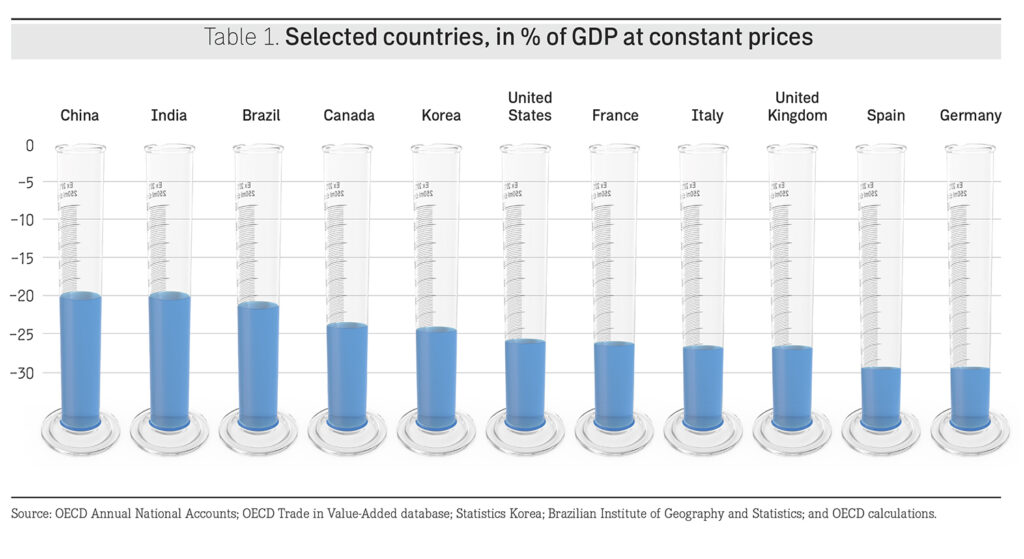
COVID-19 IMPACT ON BUSINESSES
Organizations around the world have been impacted in various ways. In some cases, business has decreased significantly. In others that are considered essential, however, business has increased exponentially. Consider businesses in health care, delivery services, e-commerce, and consumer goods, whose capacity to respond to the current demand of certain products has even been exceeded. There are others yet—including restaurants, schools and even theaters and movie theaters—whose production capacity, or a large portion of their infrastructure, will need to be drastically and profoundly adapted to respond to new regulatory developments and requirements. Paradoxically, these firms will need to expand their production capacity only to meet a much lower share of consumer demand—more space for fewer customers.
Unfortunately, before the pandemic, awareness of the vulnerability and potential risks for businesses and organizations was barely intuitive, at best. Various studies have reported that 60–80% of SMEs do not have a Business Continuity Plan or a Disaster Recovery Plan in place. The level of vulnerability of these types of businesses to major unforeseen events is thus greater.
A key element that has helped businesses to keep their heads above water is technology, using it to migrate services to digital when possible or to continue operating in a remote environment. But this fundamental change can also bring other challenges, including potential cybersecurity risks, the use of confidential and sensitive records, and the possibility of losing information.
one of the key insights
coming out of this situation
is that we certainly live in
a so-called «VUCA world».
From a strictly financial point of view, companies will be significantly impacted in all aspects: profitability, liquidity and solvency. It is certainly difficult to make a sweeping statement, as different companies, industries and sectors will be affected in markedly different—and sometimes even opposite—ways. Think about the financial sector compared to the oil and gas sector, or even companies within the same industry—the financial impact will be clearly different for a luxury restaurant compared with a small typical trattoria.
Generally speaking, operating profitability could be affected both by strong drops in sales revenues and by jumps in costs—e.g., costs associated with regulatory restrictions, safety equipment, requirements, staff training, and procedure implementation. But financial expenses—i.e., interests—may also rise due to increased risk (both systemic and specific), which may drive borrowing costs up, or, in the case of higher expected returns to equity holders, due to the higher investment risk they are taking. More than ever before, companies should re-focus on their core values (competitive advantage) and assets for the medium and long terms while concentrating on the contribution margin to guide their operating choices and activities in the short and medium terms (within the next 12 months).
There are always great opportunities in periods of great disruption like this. Managers should also devote particular attention to guiding the entire organization’s «mood», «feelings», and every single worker’s attitude towards positive objectives, not letting employees be overwhelmed by the difficulties of the situation and the bad news coming from all over the world.
On the subject of liquidity, cash shortages may be prevented and carefully managed, as they may be caused by customer payment postponement and revenue shrinkage. Solvency could be affected in the medium and long run as companies may need more borrowing at higher interest rates. Moreover, even if retained, earnings are expected to decrease, and thus equity is now expected to increase less than planned, leading to a deterioration of the D/E ratio and leverage.
Te recomendamos este webinar con el tema:
Panel “Integridad empresarial: clave para afrontar una crisis social”
A CALL FOR COLLECTIVE INNOVATION
The world will certainly never be the same after COVID-19, not only due to the hardships caused by a foreseeable economic depression, but also to the limitation of human contact, having unforeseeable consequences for the affected generations. The disruption caused by the pandemic will call for creative solutions to guide the transformative force through such a discontinuity process in history. We are realizing more than ever before that, under such circumstances, single institutions are too vulnerable and scarcely effective. The complexity of the whole situation requires an interdisciplinary and cross-sectoral endeavor to drive innovation and re-engineering efforts. In other words, cooperation and partnership among the public sector, private organizations, NGOs, and academia may enable a collective process of innovation to reimagine the near future and make it possible for humanity to coexist with the threat of Coronavirus and other potential risks. Beyond the organic process that is already unfolding, there is particular urgency to determine the priorities for the common good, the promotion of resilience, and wellbeing. The survival of communities and businesses depends on this call to action. But where should we start?
A NEW CONCEPTUALIZATION OF SPACES, HUMAN INTERACTION, AND TIME
After several weeks in confinement, some countries started to slowly ease lockdown restrictions, taking the necessary measures to protect individuals. For example, in Aguascalientes, Mexico, the automotive industry restarted operations in late May, and companies adopted preventive measures including corporate shuttle buses and sanitary controls for workers to minimize the risk of transmission in public transportation, drawing from lessons learned in other countries. Also, access to plants has been adapted to ensure the required precautions are taken upon entry, and both assembly lines and industrial dining rooms were modified to comply with the required social distancing guidelines.
For administrative roles, several companies have adapted to continue their business operations using remote work schemes, but we still need to study not only the impact on productivity, but also the disruption of family activities and rest. Burnout has been observed to increase during lockdown because working hours, stress, and workload have increased, and sleeping cycles have been altered, especially for employees working in companies operating in different time zones and thus requiring them to adapt.
In addition, in some emerging countries like Mexico, connectivity still has room for improvement, with 80% of companies not yet ready to operate under a remote work scheme.3
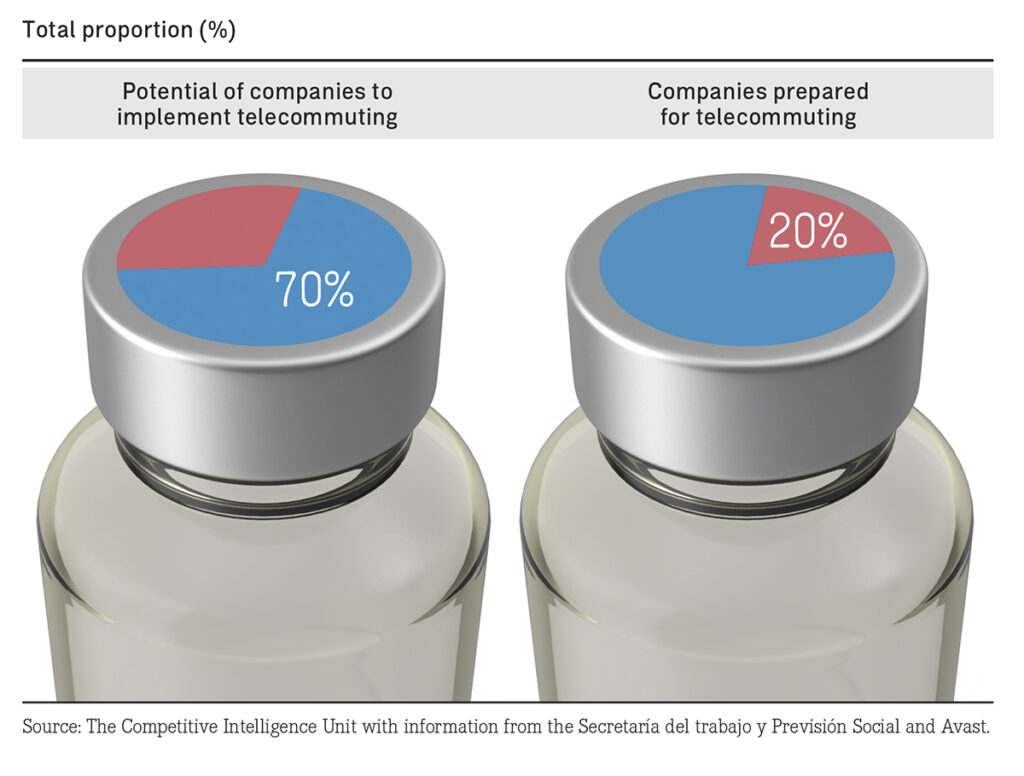
ANTICIPATING NEW CRISES
Overall expectations about the future are that the VUCA setting—already existing before COVID-19—will become even more radical and will characterize our world for quite a long time. It may become the «new normal». Managers and executives should thus sharpen their skills in «navigating» these types of situations and become comfortable with them, facing exogenous shocks and disruptive threats. In a volatile world marked by instability, unpredictability, and uncertainty, we must respond by developing agility and flexibility, readily adapting to a more «liquid»4 society and avoiding the risk of remaining «static». For example, managers must develop strategies to ensure their businesses can face potential «stop-go» cycles caused by alternating lockdown measures. A probability-weighted multiple-scenario approach might be a reliable method and may even become part of a set of «common tools»—not just being «delegated» to the risk management and finance functions. In an Uncertainty context, managers cannot rely too much on information, as there might be conflicting data, providing opposing—or simply too many—results. It may be difficult not to be overwhelmed by data and information, and the «traditional» decision-making techniques may prove to be not only useless, but even misleading, as the process has now become non-linear. In every organization, people at any level should be trained to learn as fast as possible, choose among potential trade-offs, and be open to evaluate all possible outcomes by lowering all their (mental and physical) barriers. Complexity was already present in the pre-COVID-19 world, emerging from the long globalization process as a constitutive element of modern society. But now it has increased also due to rapid changes in certain cause-effect relationships. The «traditional» response to complexity—singling out interconnected elements and adapting structured individual responses to each element—may not fit in the post-COVID-19 scenario. And this will also lead to ambiguity due to the lack of specific knowledge about the cause-effect relationship. Responding to this challenge may involve prototyping, experimenting, and springing into action immediately (the future is now), but taking small steps and conducting tests.
In this context, there are a few suggestions that may help managers and executives to better navigate in the post-COVID-19 era, and maybe even to prevent future crises.
the work environment will
no longer be bound by
a physical space. People
have learned to work from
home and working hours have
become flexible with the
home office model operating
on a large scale.
1. Keep the short-term and the long-term perspectives linked together. After taking «triage action» to deal with such an¬ unprecedented emergency (which is almost over), a new more systematic and organized strategy needs to be developed. The risk of keeping short-term decisions apart from long-term plans may lead to disruptive consequences. As professor Vijay Govindarajan said, «the future is about what you do now».5 Strategies need to include a vision about how the future may look like in a discontinuous evolution of unpredictable events. The challenge is to keep the two parts linked together, anticipating actions as soon as possible and working towards flexible solutions that will need to be tested and carried out step by step following a cautious implementation plan.
2. Dive into the era of the «human economy». Take into careful consideration and care about the emotional intelligence and mental health of human capital. The COVID-19 era has revealed some of mankind’s weaknesses: their need for emotional feelings and their desire for networking and contact. Due to social distancing measures and related restrictions, physical contact will be reduced or even eliminated for a certain period of time, and thus people will seek for satisfaction and for their «emotional» side even in the work environment. In parallel, some of the human strengths will become more evident as the resilience process evolves in the coming months and years, opening up the possibility of post-traumatic growth.
3. Realize as soon as possible that both your customers and their needs have changed, and most of them will probably never be the same again. While the economic crisis may have sapped the purchasing power of many families, several new needs have also emerged, creating plenty of new opportunities while doing away with, or disrupting, many other more «traditional» wants. The faster companies accept and become familiar with the new situation and their customers’ new needs, the better they will cope.
Te recomendamos leer: Jill Hufnagel. Con el liderazgo adaptativo, hay que tener estómago para el desequilibrio
4. Embrace the new concept and dimension of time and space management. The work environment will no longer be bound by a physical space. People have learned to work from home and working hours have become flexible with the home office model operating on a large scale. Workplace and home have become interpenetrated in a work-life blend model where business life and private life mix together—in terms of both space and time—in our everyday lives. Time and space must be managed much more efficiently and wisely, and not simply «allocated» or «controlled». The implications for households are no less relevant, as household dynamics have been altered with the pandemic and parents have had to adapt to homeschooling their children, considering the reduced amount of external care-givers, child care, and domestic workers—who were more available before the pandemic in some countries.
5. Be quick to adapt your leadership style and decision-making approach to the new scenario. Leaders have a responsibility to act as role models and create an environment of productivity while caring for the organizational community.

